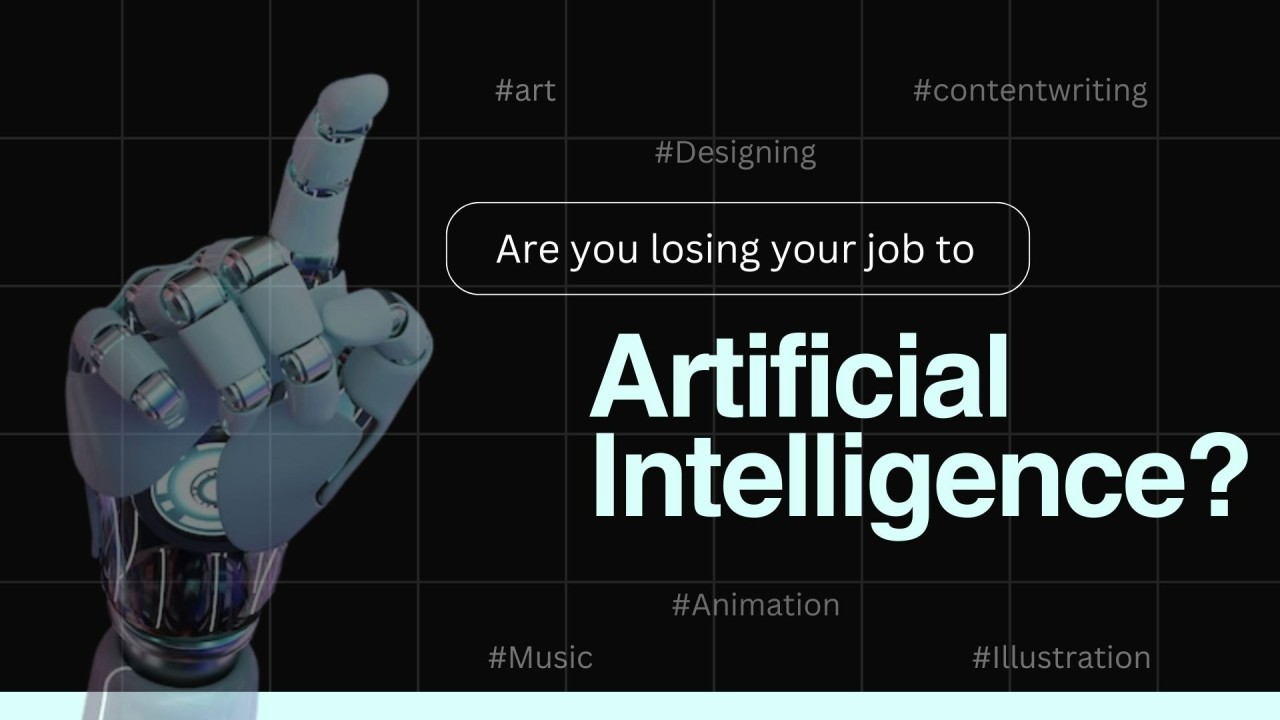
Is #AI Truly Creative?
Will AI take over creative jobs?
Every time an AI-related update comes into the market, there is one line by Joanna Maciejewska that I revisit,
“I want AI to do my laundry and dishes so that I can do art and writing, not for AI to do my art and writing so that I can do my laundry and dishes.”
It’s true that AI is advancing to an extent where it can do creative work, such as content writing and illustration, but it has its limits. AI only generates results based on the data available in the public domain.
Let’s say you were to write an article using AI, the results would be an amalgamation of the information readily available to the AI.
If something is readily available and already exists, is it really CREATIVE?
When it comes to recycling information, AI is faster than humans. However, if something is truly creative and innovative, then AI will fail.
Replicating something is different from creating something. Creating something better than or as good as humans is not possible for AI.
That’s exactly why lots of books are still written by people.
Years ago, when E-books came into being, there was a notion that the culture of physical books might end.
Although e-books initially took the market by storm, the impact was not long-lasting.
Younger generations still feel that the experience of reading a physical book is far better than any e-book.
What does this indicate?
The younger generation might use AI as it is a relatively newer and trending aspect of technology.
But what they seek is far more meaningful.
They seek experiences that are creative and innovative, fresh and better than any machine can offer. If this desire persists, so will be the need for creativity.
More than recycled results, we need true creativity generated by humans.
Yes, AI can be used for routine creativity, which is not groundbreaking, as it is faster and more cost-effective.
When it comes to picking pieces of already existing products to create a new one, machine learning can be used.
However, for non-routine creativity, where you start an idea from scratch or an innovation that is close to invention, human effort is required.
How can professionals ensure a better future in the field of creativity?
Analyze and evaluate your jobs, chances are that you fall into one of the two categories, or your job is a combination of the two.
1.) Your job requires routine-based execution, with more science than art.
2.) Your job is a non-routine job with significance of discretion, true innovation, and unique and customized experiences. This is more art of decision-making than science. (Example, Writers and artists)
3.) You are developing AI or adapting AI for different use cases creatively. Developing AI is hugely creative.
If your job falls into the first category and can be easily replicated by AI, then you can always use the framework of success and move towards a better job profile. If your job is in the second category, then you are safe if you focus on true creativity. If you fall into the third category, congratulations, you are in there for the long run!
Conclusion:
AI has surely reached greater heights, but it isn’t human enough for professionals who value and yield true creativity. With proper evaluation, professionals can make an informed decision and choose to switch to a field where work cannot be replicated or upskill themselves to such an extent that they are not threatened by the existence of AI.